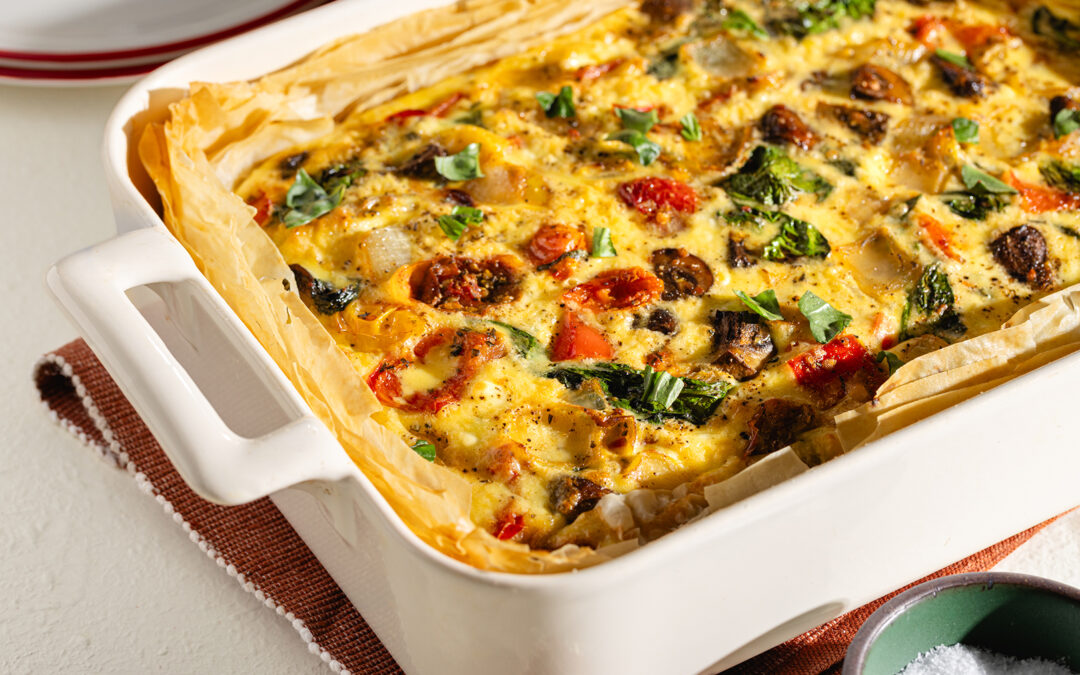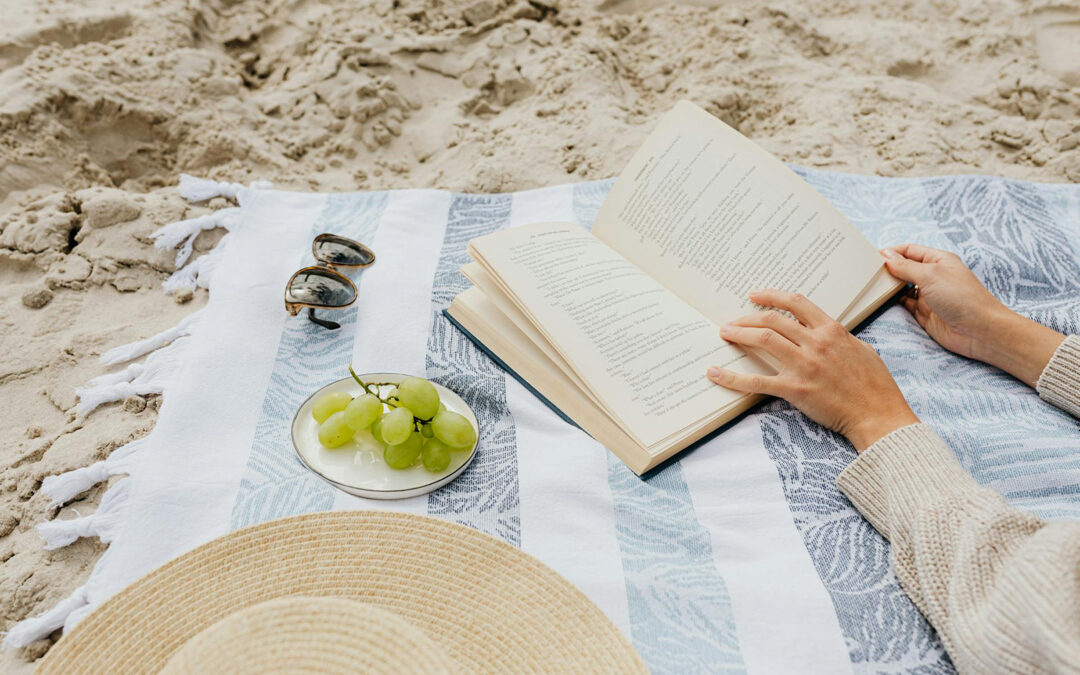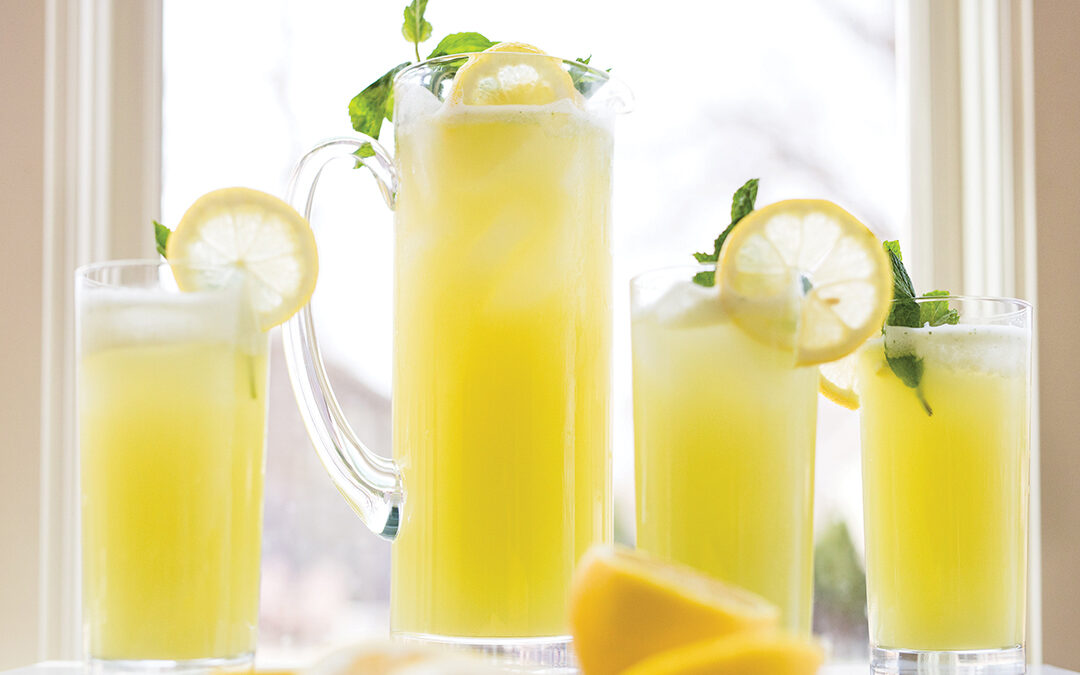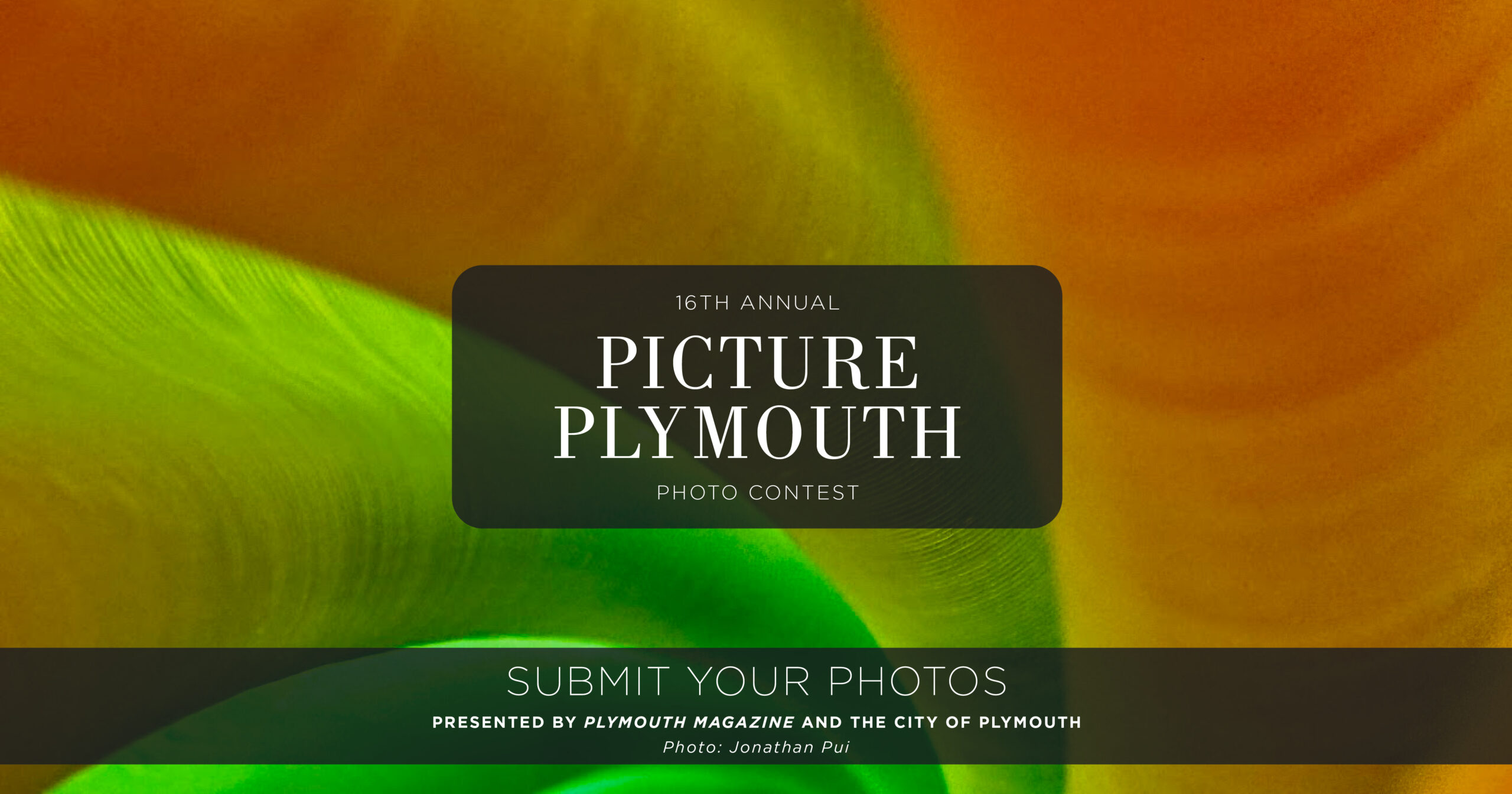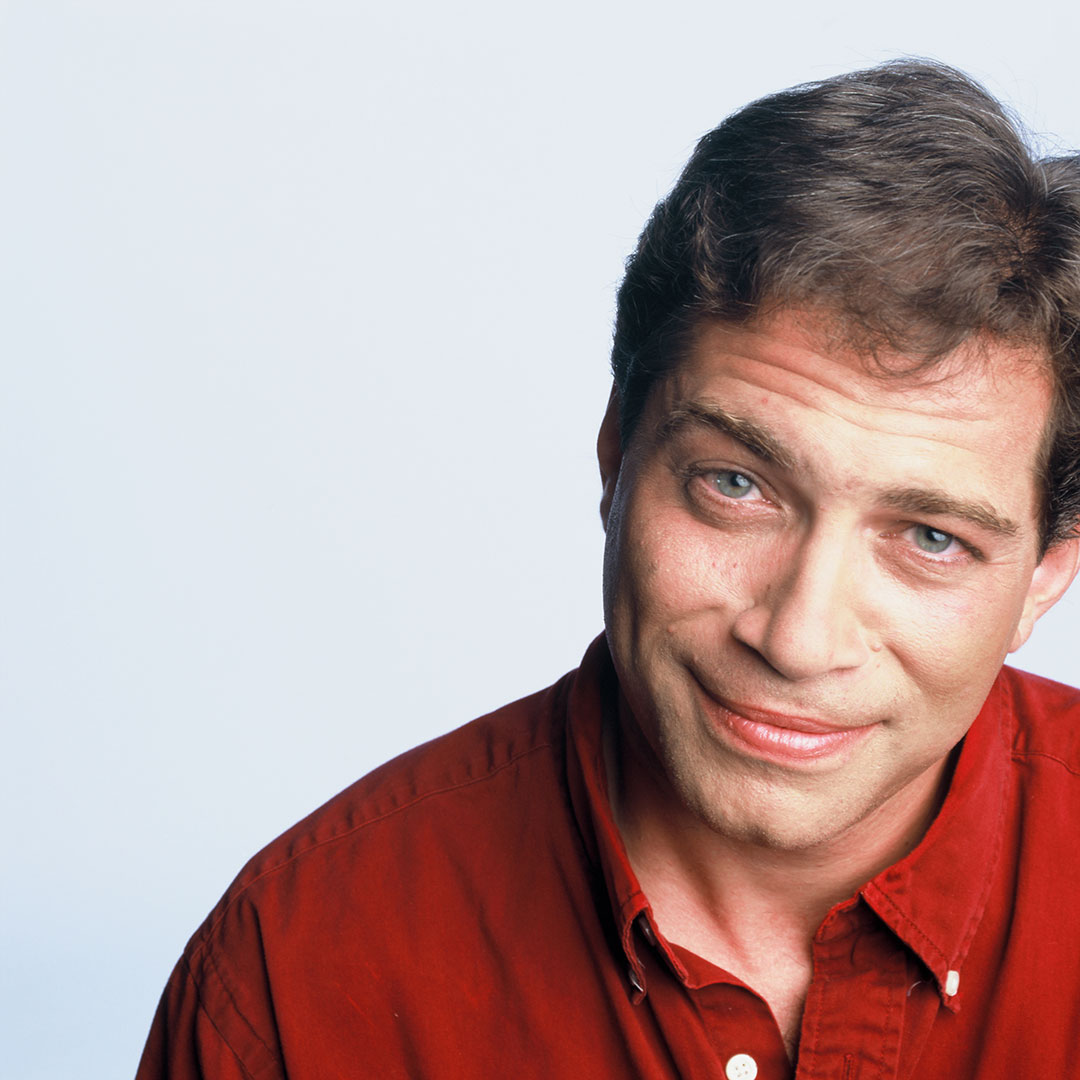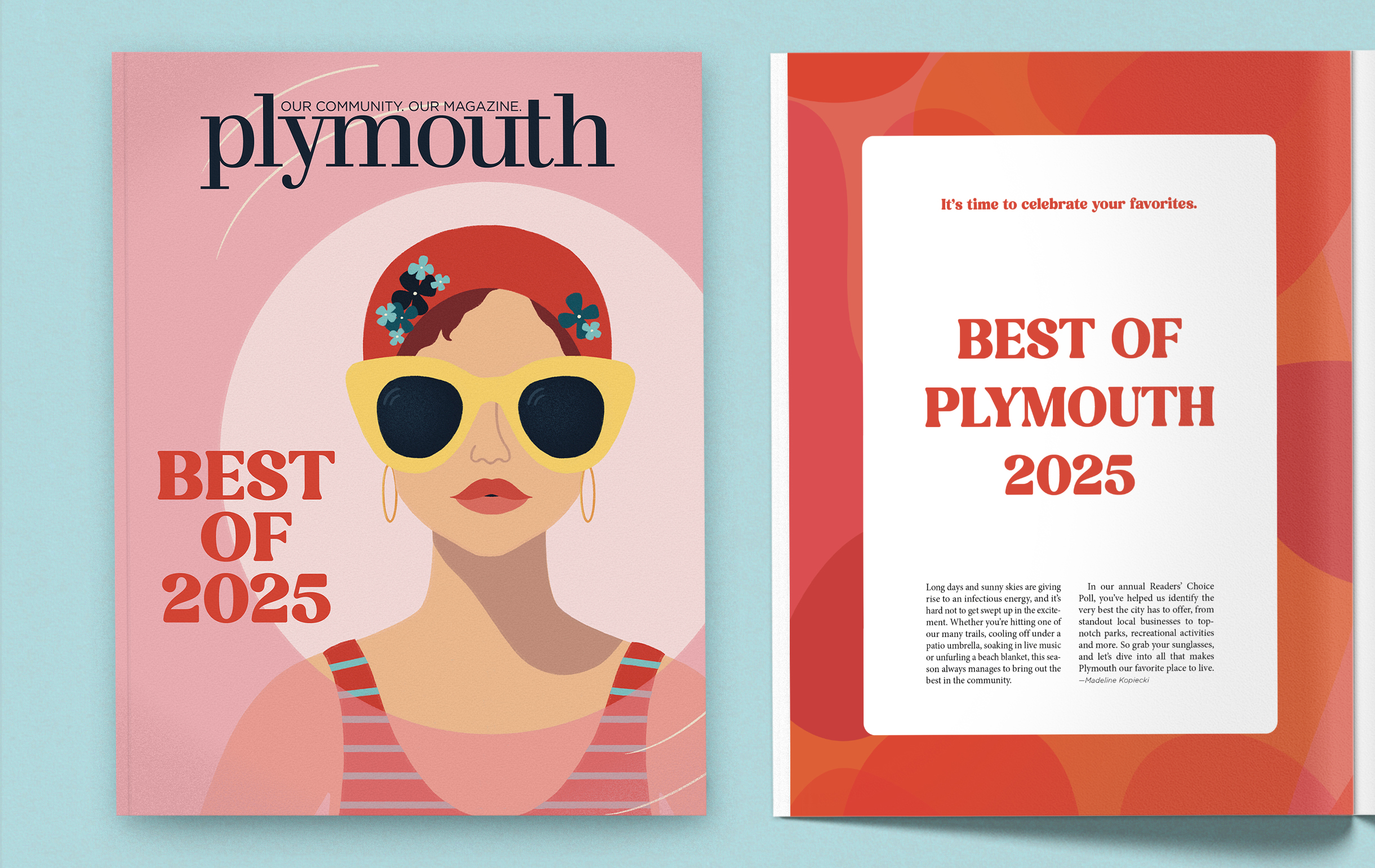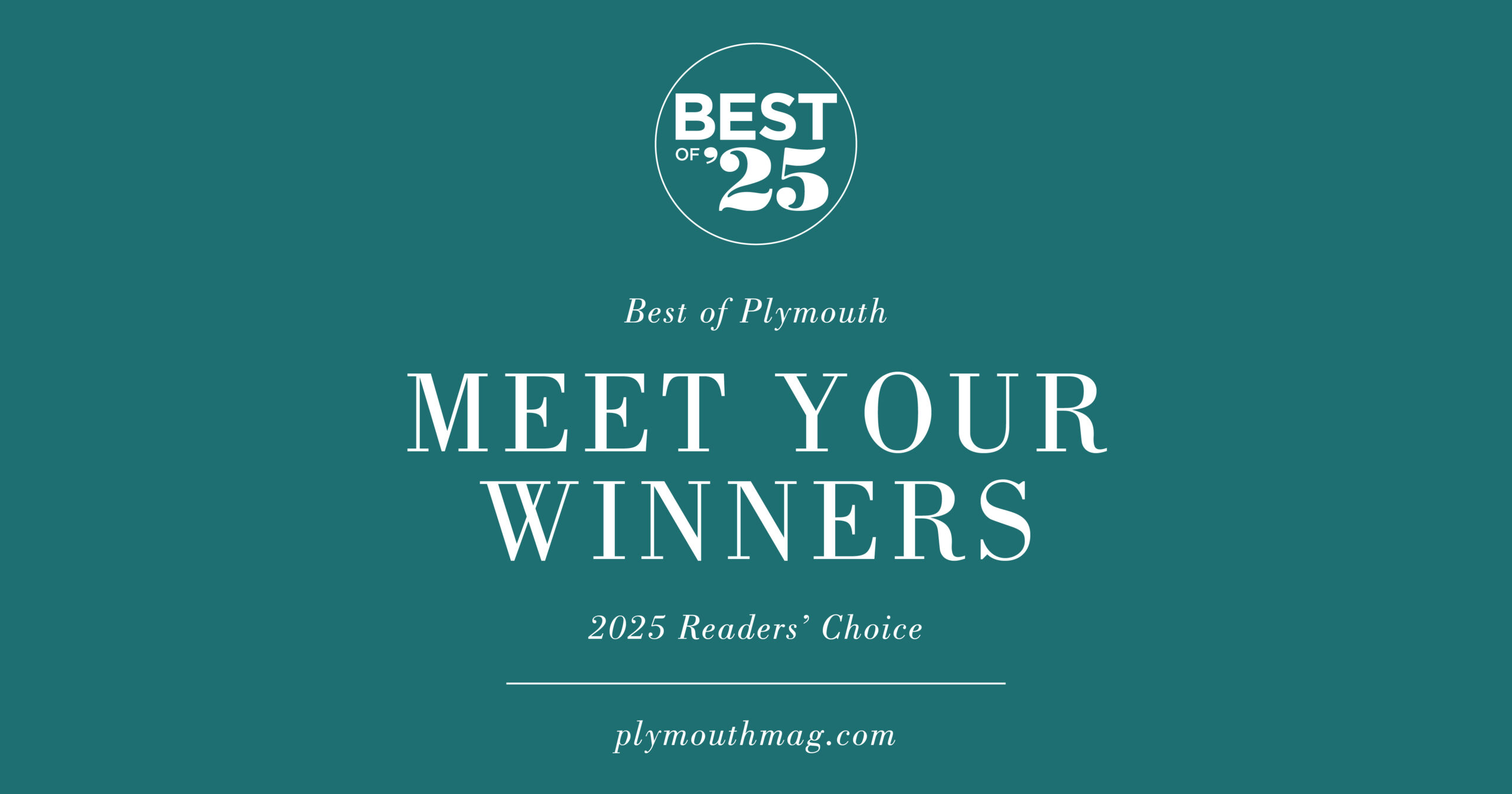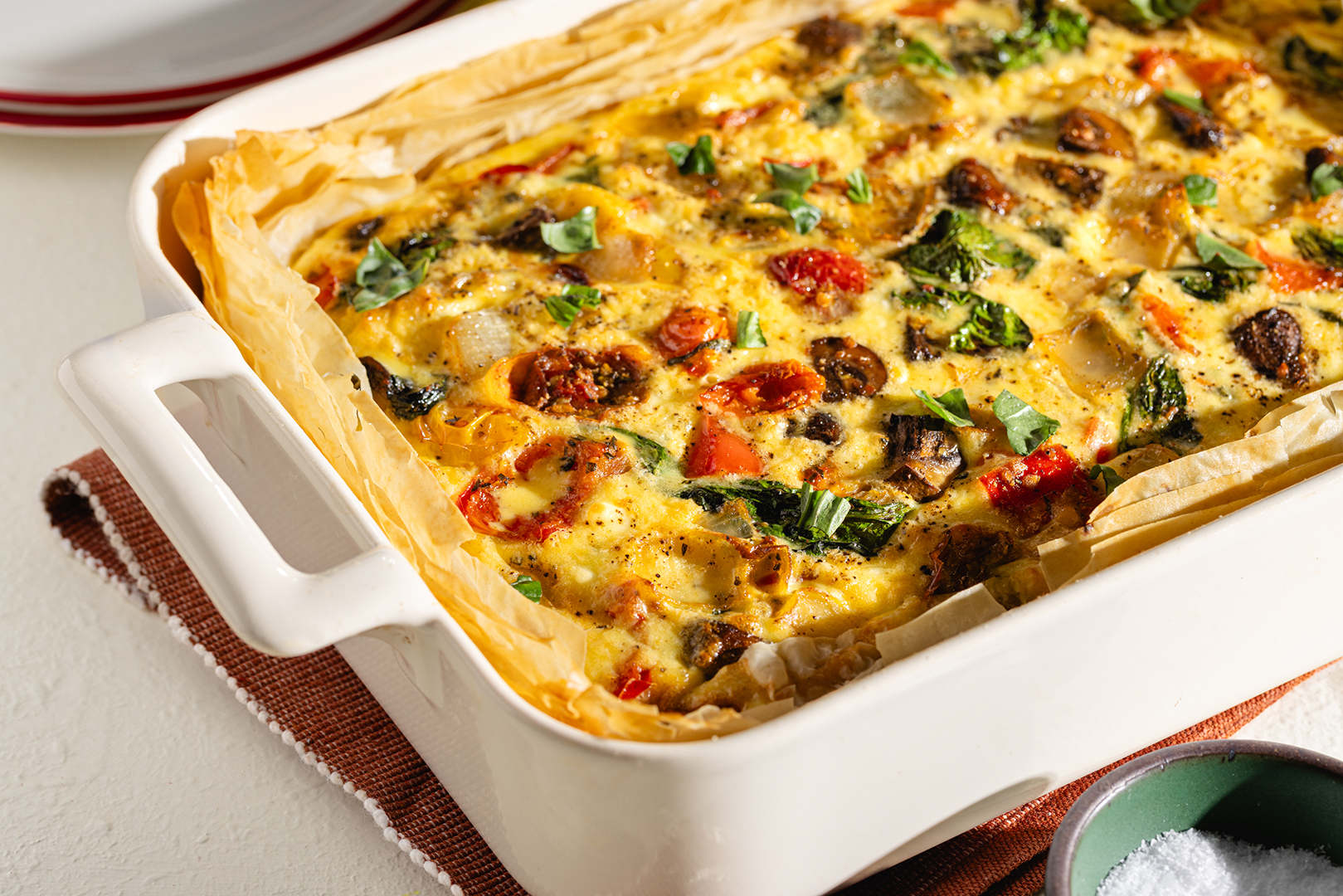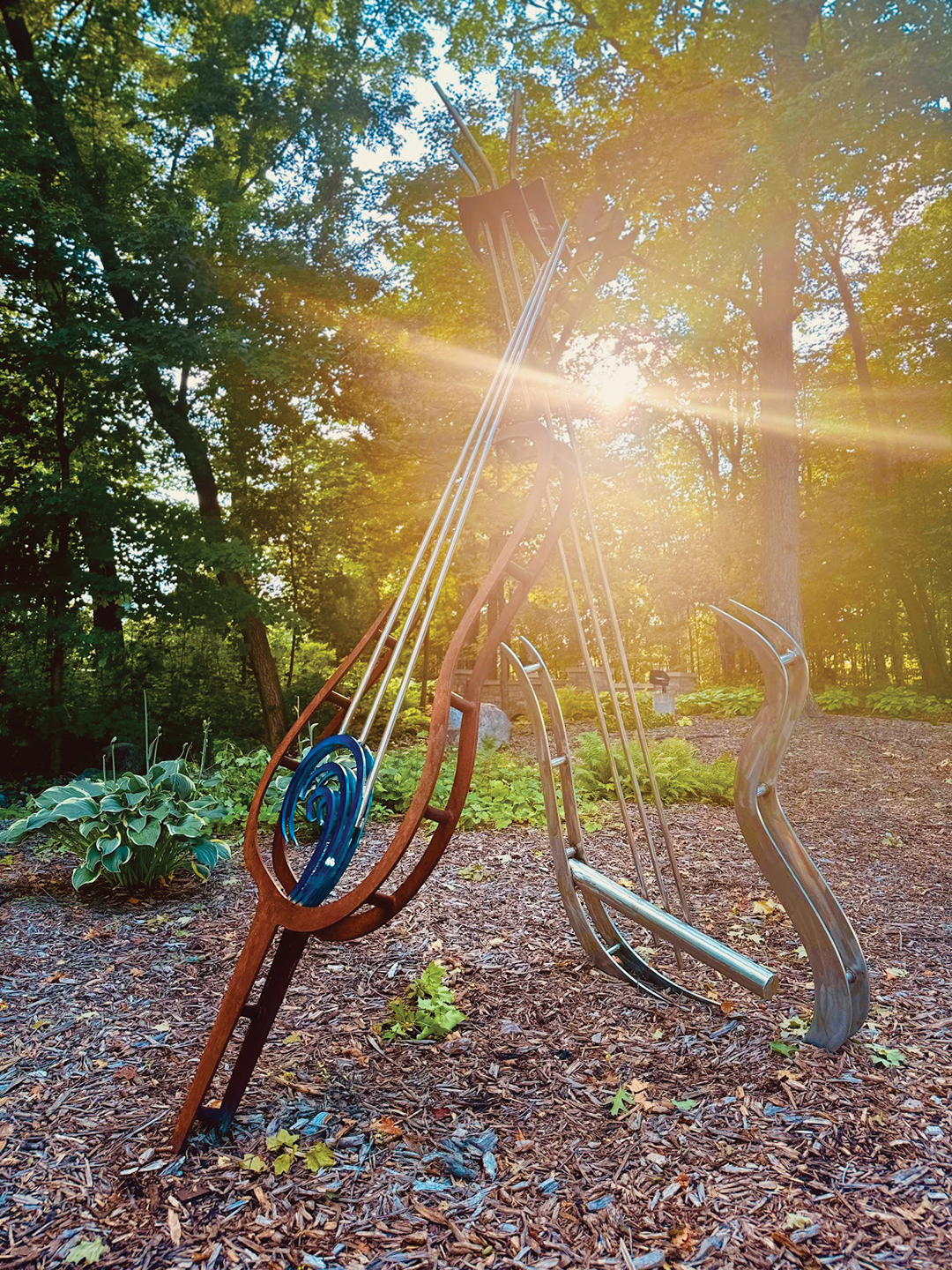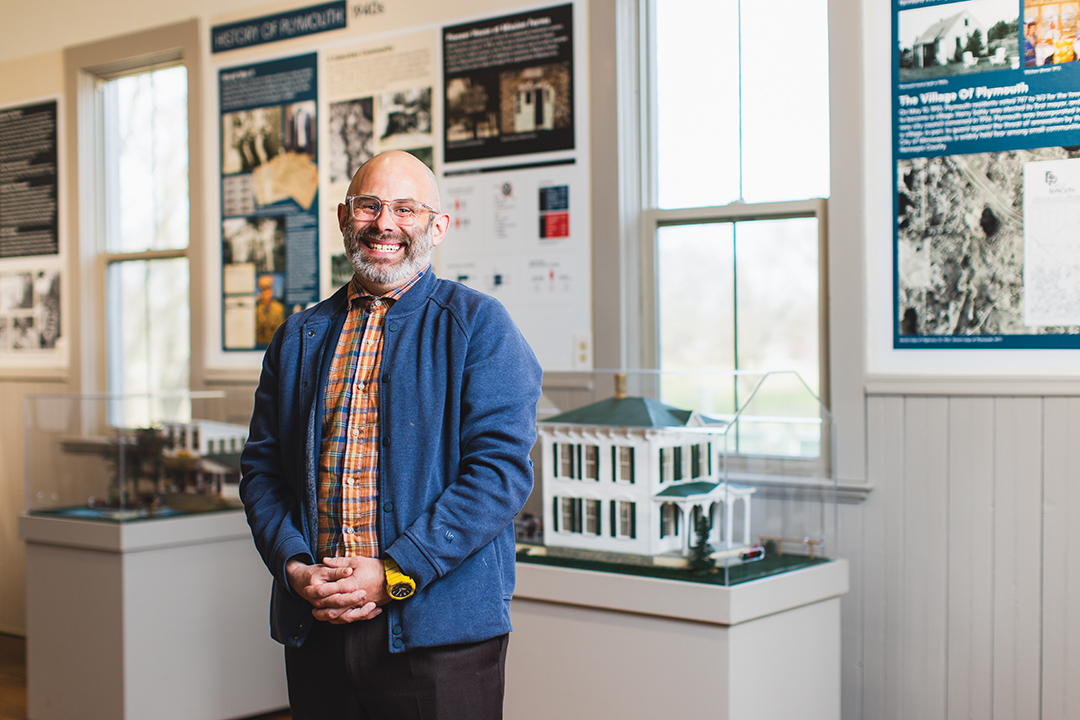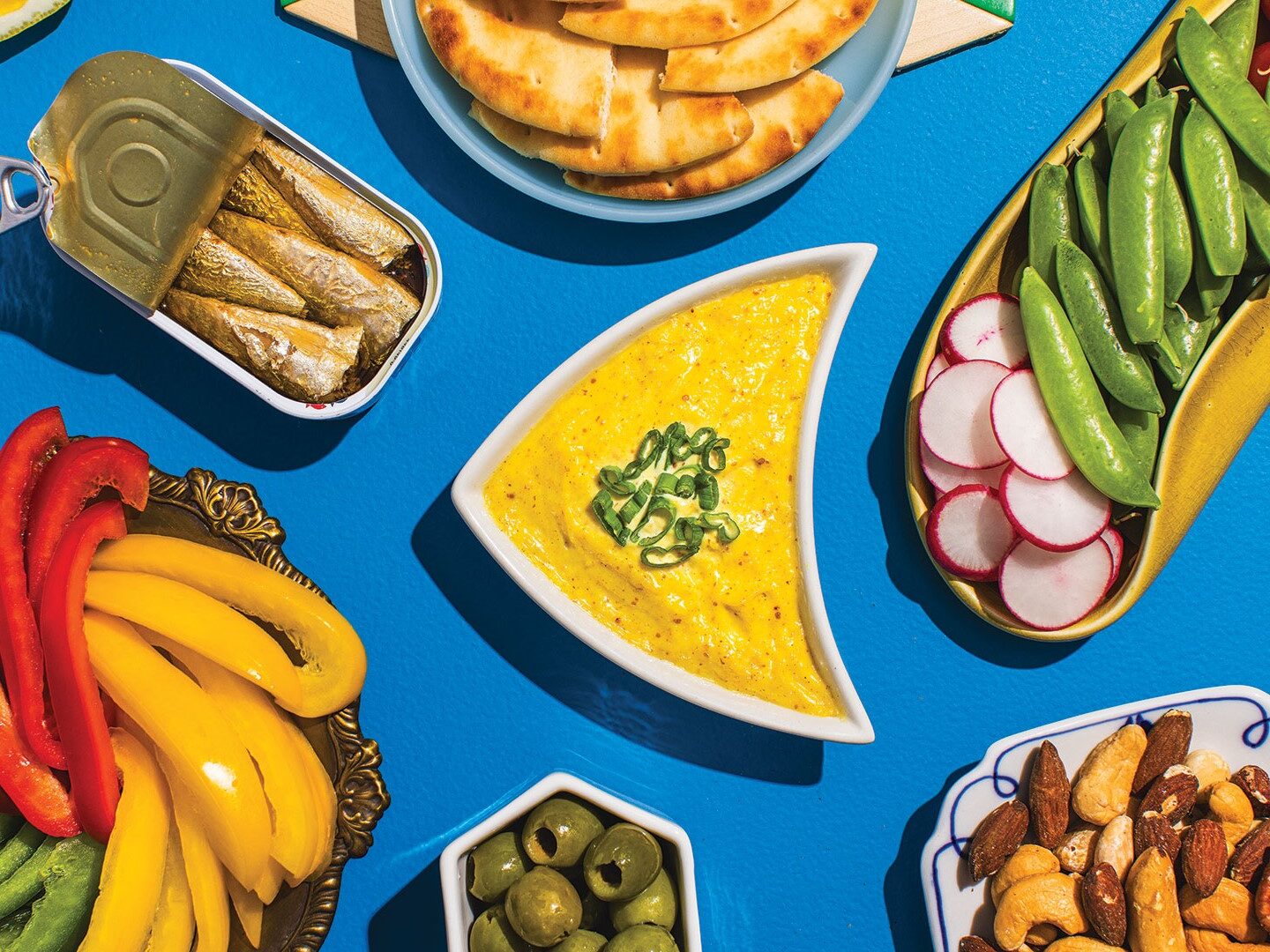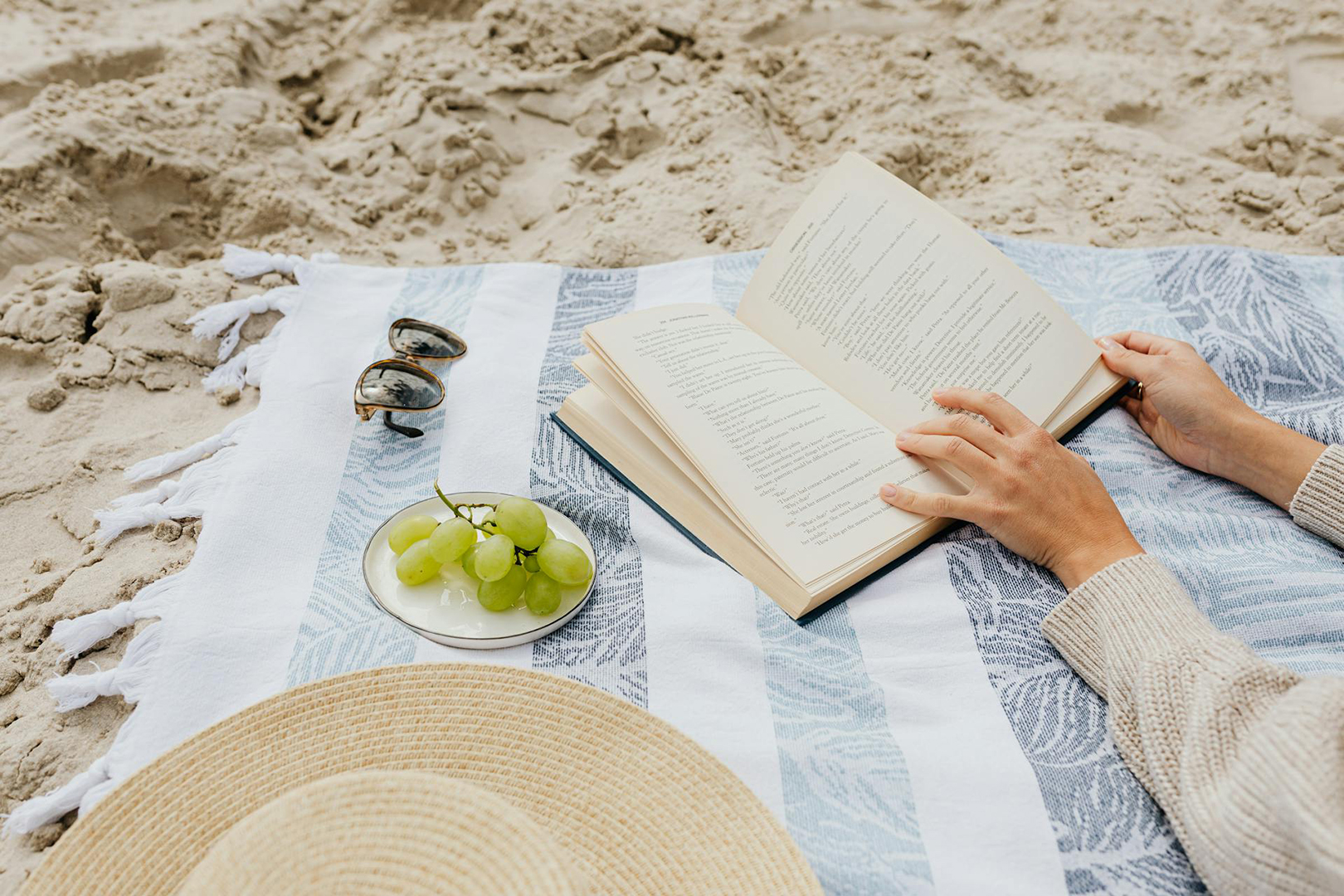
Metro Blooms/Blue Thumb helps create beautiful landscapes that help the earth.
Looking for some pollinator-friendly plants to put in your garden? Click here.
Everyone wants their yard and garden to look beautiful and enhance the aesthetics of their home. And who doesn’t want to contribute to a healthy ecosystem?
Sometimes, these two desires can seem to be at odds with each other, but they need not be. Enter Metro Blooms/Blue Thumb. Metro Blooms has been working for almost 50 years “to promote and celebrate gardening, to beautify our communities and help heal and protect our environment.” They provide design services to help both cities and individuals create landscapes that are both attractive and environmentally sound. Blue Thumb, a public/private partnership, works together with Metro Blooms specifically to encourage planting for clean water.
Metro Blooms/Blue Thumb has been working with cities throughout the metro, including Plymouth, to help create and support healthy ecosystems. Gardening with native plants and planting rain gardens are two important ways to promote clean water and help pollinators, says John Bly, Metro Blooms/Blue Thumb’s education program manager.
Why don’t more homeowners garden with native plants? “There are some negative stereotypes associated with native plants,” says Bly. “Some people think of native plant gardens as being unruly and visually unappealing, but they don’t have to be. Some species are better behaved and people can choose these varieties if they want a more formal look.”
Some cities also have ordinances about the types of plantings that homeowners can have, Bly says. “St. Louis Park, for example, has an ordinance that no more than one quarter of a yard can consist of anything but grass,” says Bly. “But this is changing as cities become more aware of the benefits of native plants to the ecosystem. St. Louis Park recently made it easier for homeowners to apply for a permit that allows homeowners to have yards that have other landscapes,” says Bly. Part of Metro Bloom’s mission is to decrease the amount of space taken up by lawns.
Many homeowners strive for a neatly manicured lawn—a uniform, emerald expanse free of weeds, but the iconic suburban lawn has its costs to the environment. “Lawns provide zero benefit to pollinators and to wildlife. The less weeds, the more uniform the lawn is, the worse it is for the environment.” But supporting pollinators and wildlife doesn’t have to mean a weedy eyesore. What to plant instead? Bly offers suggestions.
Grass Alternatives for a More Ecologically Friendly Lawn
Bly suggests a fescue mixture. “Some fescue species are native to our area. Fescue can grow to be about a foot long, but it can be mowed for a look that is closer to the traditional ‘lawn’ look. Fescue needs less water and less fertilizer than Kentucky bluegrass and only needs to be mowed a third as much as a regular lawn,” says Bly.
For a more bee-friendly lawn, or a “bee lawn,” as the University of Minnesota calls it, plant white Dutch clover. This plant is often considered to be a weed, says Bly, but before it was thought of as a weed, it was intentionally planted. “It can help flesh out a green lawn,” says Bly.
Plant “self-heal,” also known by its scientific name, prunella vulgaris. A ground cover that has small purple flowers, that is sometimes confused with creeping Charlie. Self-heal has spear-shaped green leaves and grows about two to three inches high. Self-heal spreads to some extent, says Bly, but is not as invasive as creeping Charlie.
Rain Gardens
Rain gardens are an excellent way to support the environment by helping to keep rivers clean. A rain garden is a like an inverted bowl, says Bly, planted at the bottom of a natural slope and planted with native plants. They help prevent run-off, a major cause of water pollution.
“Run-off from lawns will carry away fertilizers, pesticides, lawn clippings, which then go into the rivers,” says Bly. “Rain gardens collect rain water from roofs, driveways or streets and allows it to soak into the ground and prevent the rainwater from becoming run-off.”
“For example, in an area like downtown Minneapolis, 90-100 percent of rain that falls there runs into the Mississippi and gets converted to run-off,” says Bly. “In a pristine area, like a natural meadow, only about 10 percent of rain gets converted to run off. Rain gardens can take areas in a residential part of a city and have only about 30 percent of the rain end up as run-off.
Native plants are also critical to maintaining a clean water a supply, says Bly. “Native plants have been growing in their areas for millennia. They’ve developed long, deep-penetrating root structures. They can help introduce organic material into the soil so that it becomes loamy. The native plant roots create channels in the soil, giving more opportunities for the water to infiltrate. The roots help the ground to act more like a sponge, and so prevents it from becoming run-off,” says Bly.
Native Plants
Why are native plants more beneficial than cultivars? (Cultivars are “cultivated varieties”—plants selectively bred for certain characteristics. Popular plants that are cultivars include dahlias, azaleas and ornamental roses.).
Bly explains that cultivars have been bred for the bright colors that many people find pleasing. But these lovely colors have a down side, says Bly. In breeding for the colors that may make plants more pleasing to the human eye, “the colors that make the plants attractive to pollinators are bred out of the plant, making [the cultivars] a lot less attractive to the pollinators.” The nutritional qualities that benefits the pollinators are also lost, says Bly.
But eliminating or decreasing cultivars doesn’t mean that yards can’t be beautiful.
“If you plant native plants that bring monarch butterflies and birds, you have a different kind of beauty.”
Landscapers who work with native plants often provide rain garden consultations at no charge. Metro Bloom/Blue Thumb also provide consultations for a fee of about $100-$150. With so many options and resources, you can tranform your space into a feast for both you eyes and for the pollinators.
Landscaping Tips
- Plant in masses. Use larger grouping of plants like bee balm. Instead of planting three as is commonly done, plant five. Larger groupings of fewer plants give a neater look than having many different plants in smaller groups. Concentrate on a few species you really like rather than lots of different species. “Using larger groupings gives they eye a place to rest,” says Ehlert.
- Use an assortment of plants that bloom throughout the year. Having color in different seasons gives the garden a neater look.
- Choose a combination of short plants and tall plants. Use the shorter plants in the front of the garden and around the edges. Ehlert compares it to a family picture, where you want everyone to be seen, regardless of height.
- Choose flowers with large leaves as well as small leaves. Large leaves provide a vertical structure and provide interest even when they’re not blooming.
- Include native grasses in addition to flowers.
Ehlert explains that it’s good to be aware that there are true native plants and there are also cultivars of natives. For example, purple coneflowers are a popular native plant. There are also cultivars of purple coneflower, such as “Kim’s Knee High,” which is a dwarf form of the native.
“The true native plant will be more attractive to pollinators than the cultivar,” says Ehlert. “But some people prefer cultivars because they can appear tidier. Cultivars are not as attractive to pollinators, but they are better than non-native cultivars.”
What to Avoid
“Growers sometimes spray plants with neonicotinoids, a type of pesticide that never leaves the plant’s system. It doesn’t get washed off, so when the pollinators feed, it will hurt them,” says Ehlert.
“When you’re buying plants, ask if they have been sprayed with neonicotinoids,” Ehlert advises, “especially at big-box stores. If they don’t know, assume they have been sprayed with it.
Ehlert provided us with this list of growers whose native plants are free of neonicotinoids.
- All plants grown by Bachman’s.
- Mother Earth Gardens in South Minneapolis.
- Glacial Ridge Growers, plants sold at various farmers markets.
To learn more or to schedule a consultation, contact Metro Blooms at metroblooms.org or blue-thumb.org.
651.699.2426
Facebook: Metro Blooms
Instagram: @metroblooms
Pinterest: Metro Blooms
Twitter: @MetroBlooms

